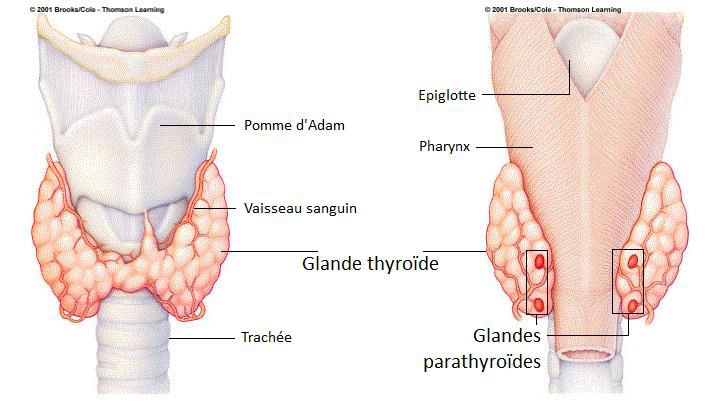-
 Dyskinesia
Dyskinesia
-
 Ketose
Ketose
-
 Viking 1
Viking 1
-
 Hadean
Hadean
-
 Ariane 5
Ariane 5
-
 Bayer name
Bayer name
-
 ppm
ppm
-
 Astrometric coordinates
Astrometric coordinates
-
 Postpharyngeal gland
Postpharyngeal gland
-
 Ferruginous water
Ferruginous water
-
 Infrared
Infrared
-
 Summer comfort
Summer comfort
-
 Clay
Clay
-
 Coprocessor
Coprocessor
-
 Polydomy
Polydomy
-
 Mordanting
Mordanting
-
 Digital rectal examination
Digital rectal examination
-
 Monoclonal antibodies
Monoclonal antibodies
-
 Ornithology
Ornithology
-
 Salmonellosis
Salmonellosis
-
 Arterial hypertension
Arterial hypertension
-
 Unfractionated heparin
Unfractionated heparin
-
 M67
M67
-
 Archaeopteryx
Archaeopteryx
-
 Glycocalyx
Glycocalyx
-
 Trypanosome
Trypanosome
-
 Earth Summit
Earth Summit
-
 Middle ear
Middle ear
-
 Fairing
Fairing
-
 Pneumoconiosis
Pneumoconiosis
Thyroid
The thyroid gland is part of the endocrine system.
Function of the thyroid
The thyroid is an endocrine gland which produces and releases the thyroid hormones thyroxine (T4) and triiodothyronine (T3) into the blood circulation. These hormones play a role in basal metabolism. For example, they promote growth and stimulate the use of fats and sugars.
Calcitonin is produced by the parathyroid glands and is involved in the metabolism of calcium.
Production of thyroid hormones is stimulated by thyroid stimulating hormone (TSH) which is produced by the pituitary gland.
Structure of the thyroid
The thyroid is located at the base of the neck and is butterfly shaped, its wings surrounding the trachea. The four parathyroid glands are a few millimetres in diameter and are located on the posterior surface of the thyroid.
The thyroid measures approximately 6 centimetres high and 6 to 8 centimetres long, making it the largest endocrine gland in the human body. It has a highly vascularised structure, supplied by two arteries and three main veins.
 Located in the neck, the thyroid is the largest gland in the human body. © Brooks/Cole
Located in the neck, the thyroid is the largest gland in the human body. © Brooks/Cole
Latest
Fill out my online form.



